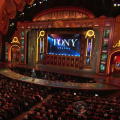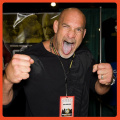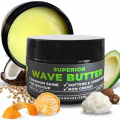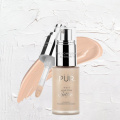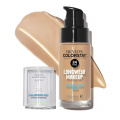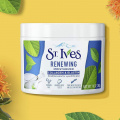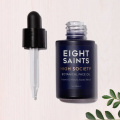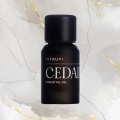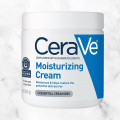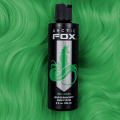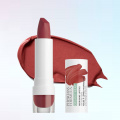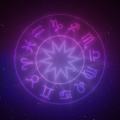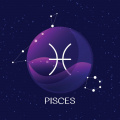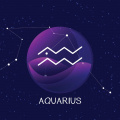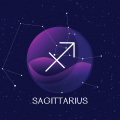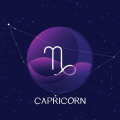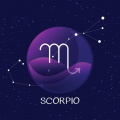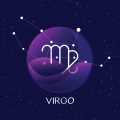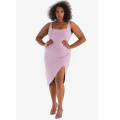Nose piercing: Types, aftercare, risks & more
Do you want to get your nose pierced? Right from types of nose piercings to nose piercing aftercare, here's all you need to know about the process.
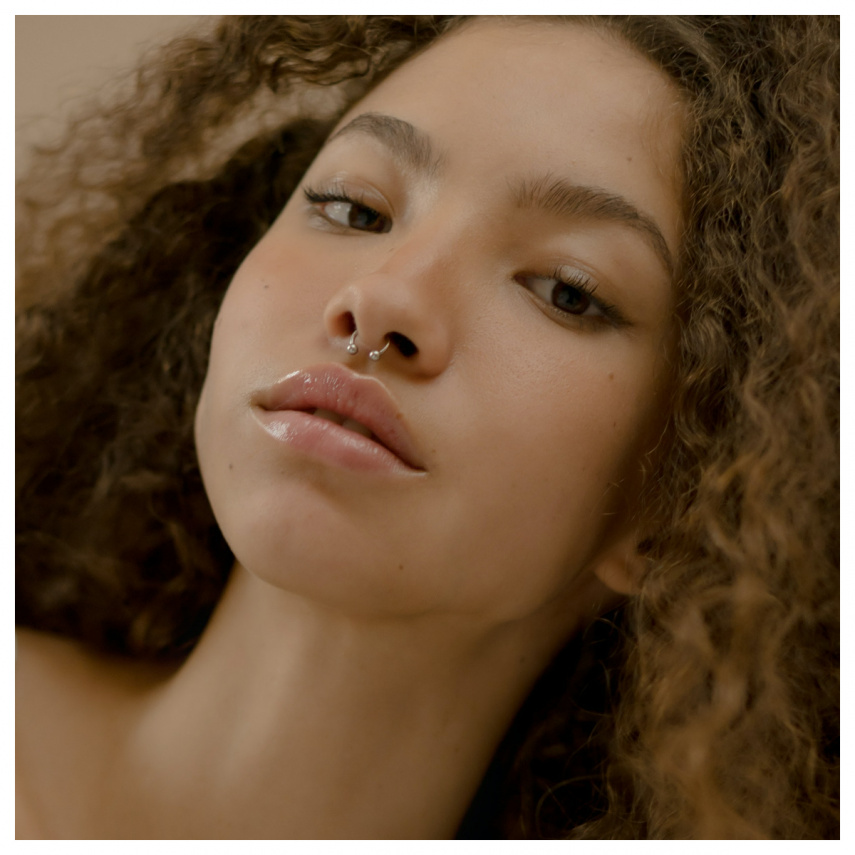
Be it 2022 or 2050, nose piercing is a trend that's going to remain iconic forever. Be it a man or a woman, piercing on the nose suits all and has become a style statement these days. One of the best things about piercing on the nose is that you can choose from a variety of options such as septum piercing, nostril piercing, bridge piercing, etc., and rock your look.
Before getting a piercing on the nose done, many people have different questions like 'what type of piercing should I opt for?', 'is nose piercing painful', and so on. Don't let these questions take a toll on you and delay your piercing appointment - here's a complete guide to getting a piercing done.
Types of nose piercings
You may think that piercing is all about getting your ears or nose pierced, but there are various types of piercings for nose you can get to glam up your look. With so many different types of piercings, you can up your fashion game with different jewelry and change your look. Here are the types of piercings you can get on your nose:
1. Nostril piercing
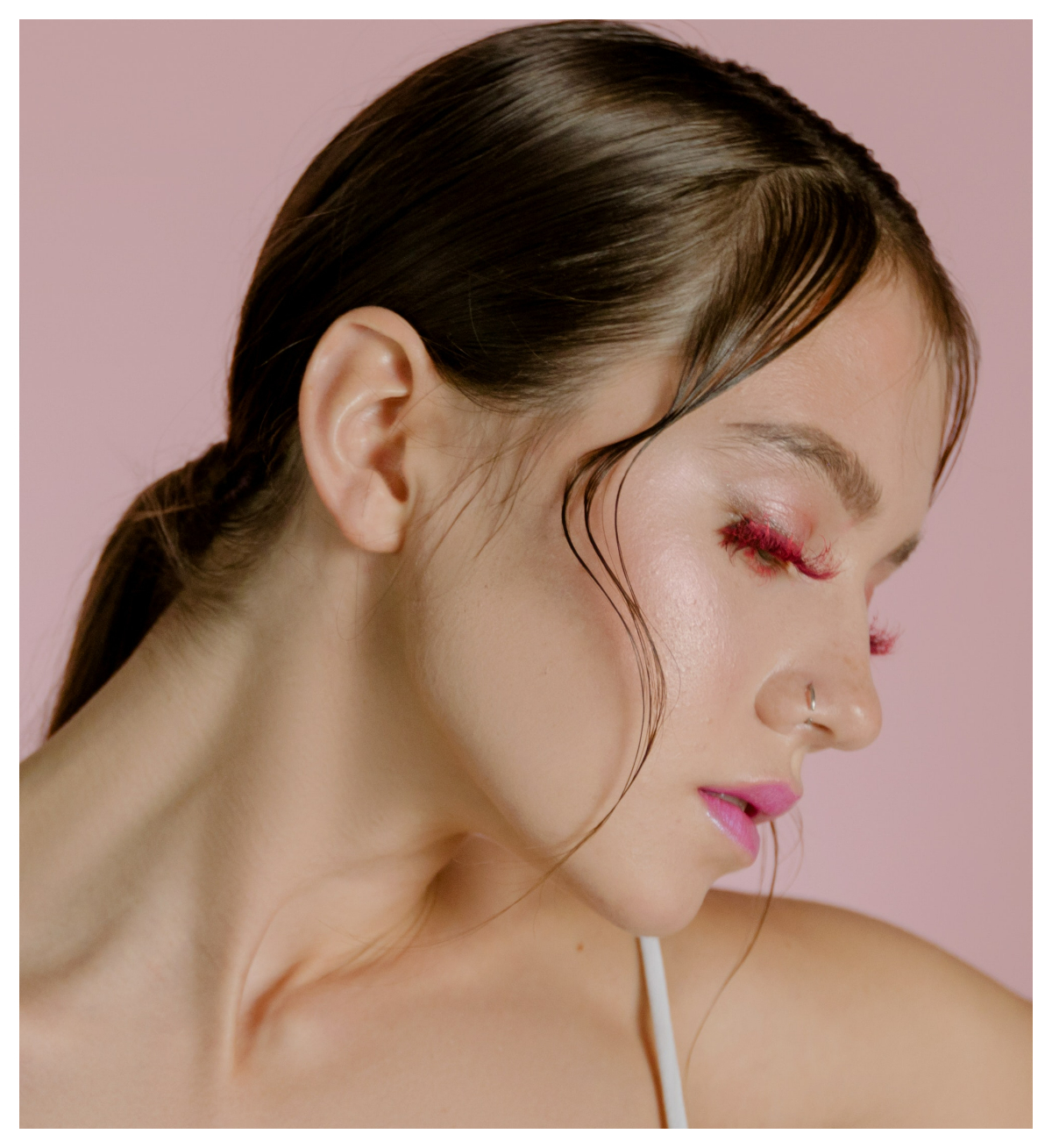
Nostril piercing is one of the most common types of piercing. In this, the piercing is done on the side of the nose using a standard 18 - 2- gauge piercing needle or a piercing gun.
Nostril piercing takes around two to four months to heal completely. There are various types of jewelry that go with nostril piercing, such as nose rings, nose studs, nose hoops, and nose screws.
2. Austin bar piercing
The Austin bar piercing is done at the tip of the nose, and the process isn't that painful.
The healing time for nose piercing differs according to the type of piercing; and in Austin bar piercing, the healing time is about two to three months.
The jewelry most commonly used for this type of piercing is a barbell.
Austin bar piercing is mostly done using a standard piercing needle, and the jewelry that goes with it is a straight barbell.
3. Septum piercing
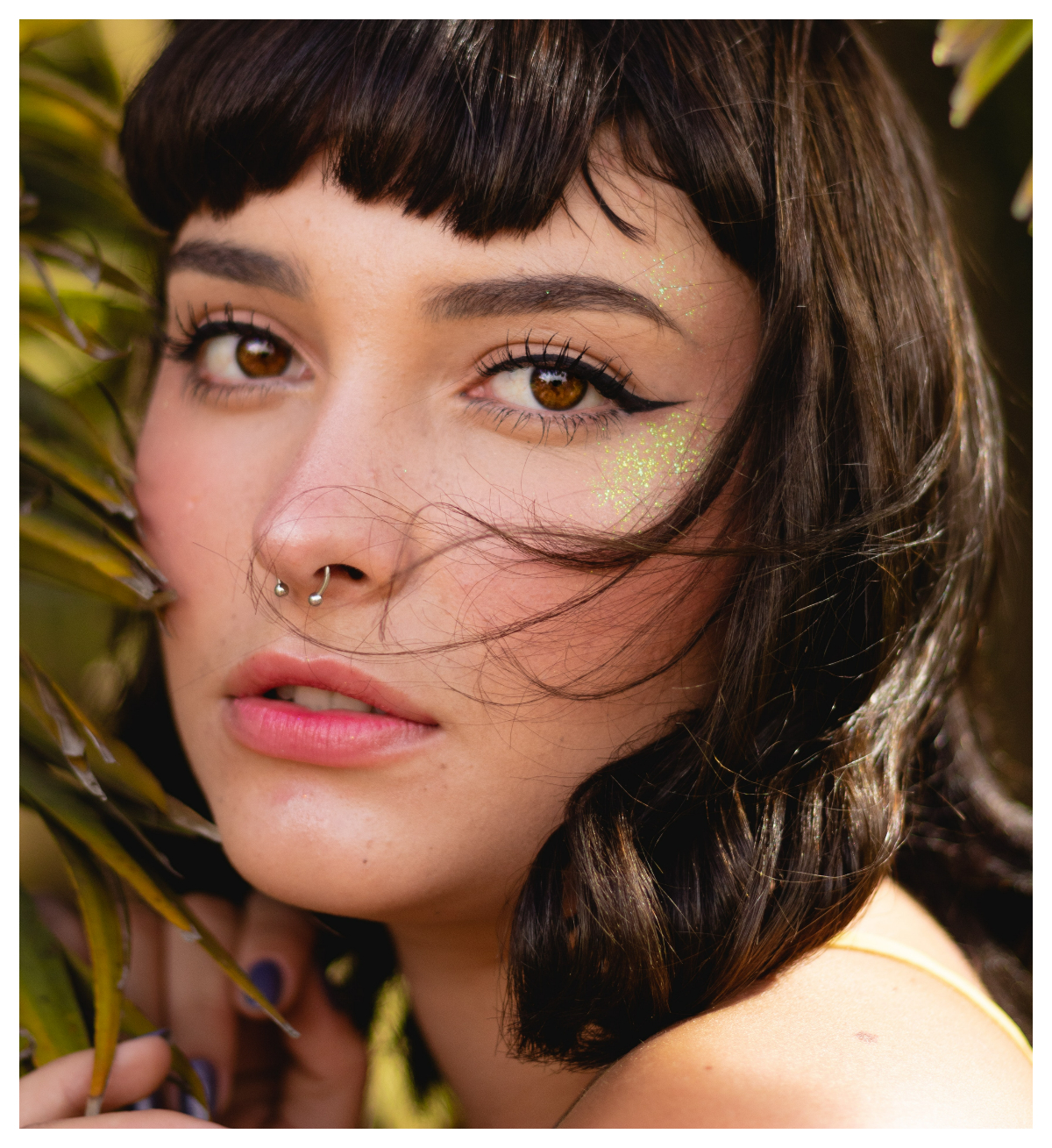
Septum piercing is also known as bull piercing, and a standard gauge hollow piercing needle is used for this piercing.
It runs through the nasal septum that divides both nostrils.
The healing time for this piercing is about one to three months.
The septum piercing rings include segment rings, horseshoe rings, seamless hoops, captive rings, and bead circular barbells.
The septum piercing rings conclude horseshoe rings, bead circular barbells, and seamless hoops.
4. Septril piercing
Septril piercing seems a bit complicated but looks great when done properly.
It is usually a combination of a septum piercing and a rhino piercing and is usually performed with a standard piercing needle. Septril piercing requires a stretched septum because the piercing is attached through the top of the nose to the stretched septum. Septril piercing is a difficult and time-taking process, and it is important to get it done by a skilled person. Once done, it looks extremely beautiful, so all the wait is worth it.
The healing time for septril piercing depends on the state of the stretched septum. Jewelry that goes best with septril piercing are tunnels, curved barbells, or plugs.
5. Bridge piercing
As the name suggests, bridge piercing is done at the bridge of your nose, right between your eyes.
A standard hollow piercing needle is used to do bridge piercing, and it takes about two to three months to heal.
It looks great with a curved barbell or a straight barbell.
Although it looks ravishing, people with glasses should be careful before getting a nose bridge piercing done, because if the placement of the piercing isn't done correctly, you might have to face problems while wearing glasses.
The curved barbells are usually for bridge piercings.
6. Rhino piercing
The rhino piercing resembles a rhino's nose and is done vertically, going through the tip of the nose and exiting through the skin above the septum. A piercing needle is used to perform the rhino piercing process, and it takes a long time to heal. It takes about three to nine months to heal, and the recommended jewelry for rhino piercing is a curved barbell.
7. Nasallang piercing
Nasallang piercing looks a bit similar to the Austin bar piercing, but the process of doing it is completely different. A Nasallang piercing runs through the inner septum and nostrils.
The process is performed using a gauge piercing needle and takes around three to nine months to heal. A straight barbell is the recommended jewelry for Nasallang piercing.
8. Double piercing
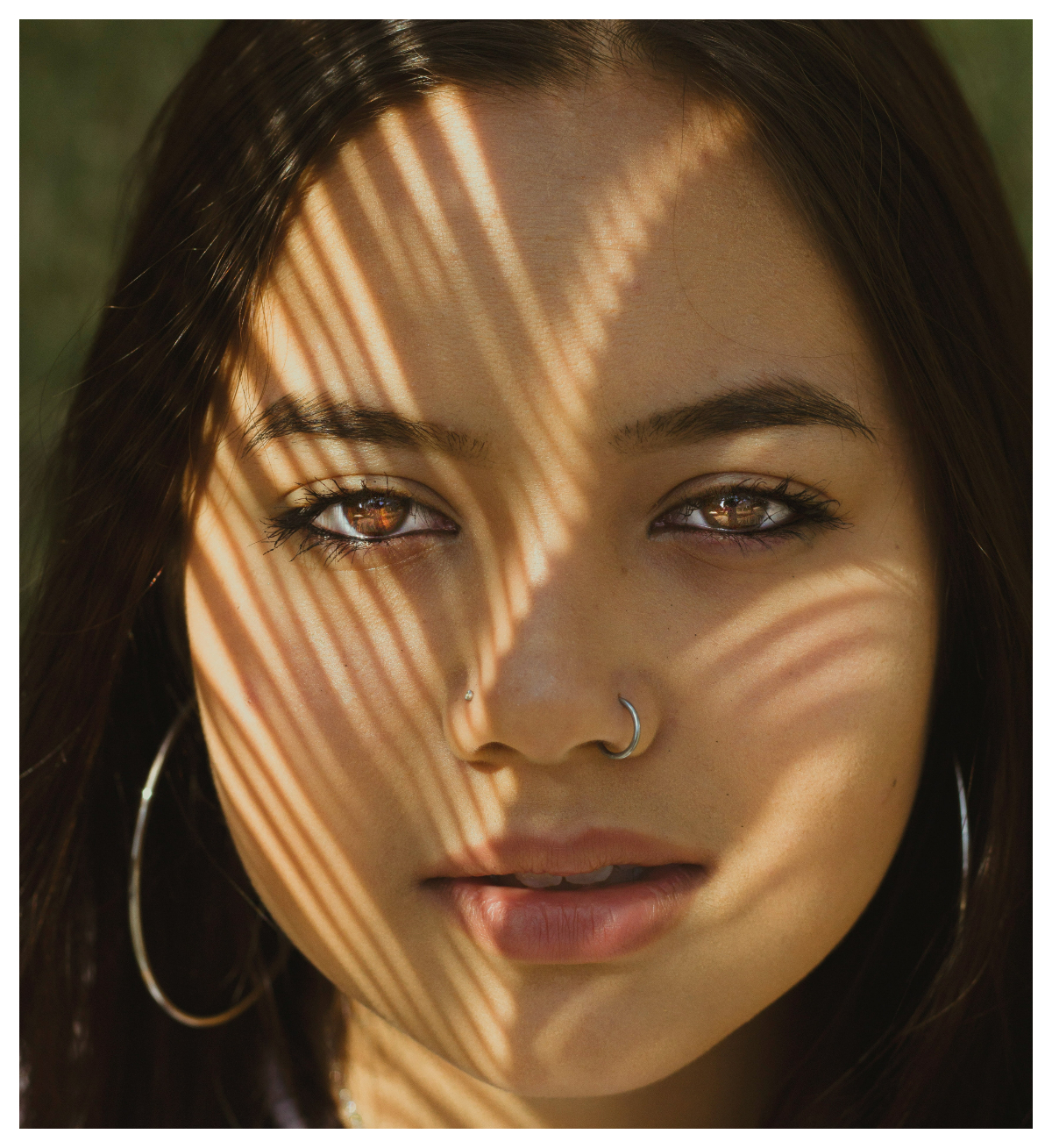
Double piercing on the nose is gaining popularity day by day. In this, two different types of piercing are done on the nose. It may take about two to four months to completely heal.
1. Getting your nose pierced is not a painful process
Many people don't get their nose pierced because they are scared of the pain they might feel during the process. However, in reality, the process isn't that painful - you may indeed feel a bit uncomfortable during the process, and experience some soreness or redness after the process, but it's not as painful as expected.
2. Check the tools
It is important to know that the tools that are being used for the process are completely sterile. So, check the tools before going on with the process to prevent infections.
3. Aftercare is important after getting your nose pierced
Your nose might be a bit sore after the piercing process, so it is important to take all the important measures during the healing period to avoid any infections. While getting the piercing done, ask the medical doctor or nurse about the aftercare tips you need to follow to keep your nose healthy and beautiful.
4. You'll be asked not to indulge in some activities after getting your nose pierced
While the idea of getting your nose pierced may excite you in the beginning, it's imperative to know that after the process, you will be asked not to indulge in certain regular activities like swimming, playing sports, etc.
This is done to prevent any chance of developing an infection. A few activities that you should not indulge in after getting your nose pierced are:
It is important not to apply makeup for a few weeks, especially on the area of piercing to reduce the risk of infection.
Be very careful while blowing or scratching your nose for a few weeks after piercing to minimize the risk of getting injured.
Swimming: It is important to avoid swimming for around two to three weeks after piercing.
Avoid contact sports for around four to six weeks that may cause someone to accidentally pull out your piercing.
After getting your nose pierced, it is important to follow some tips to minimize the risk of infections.
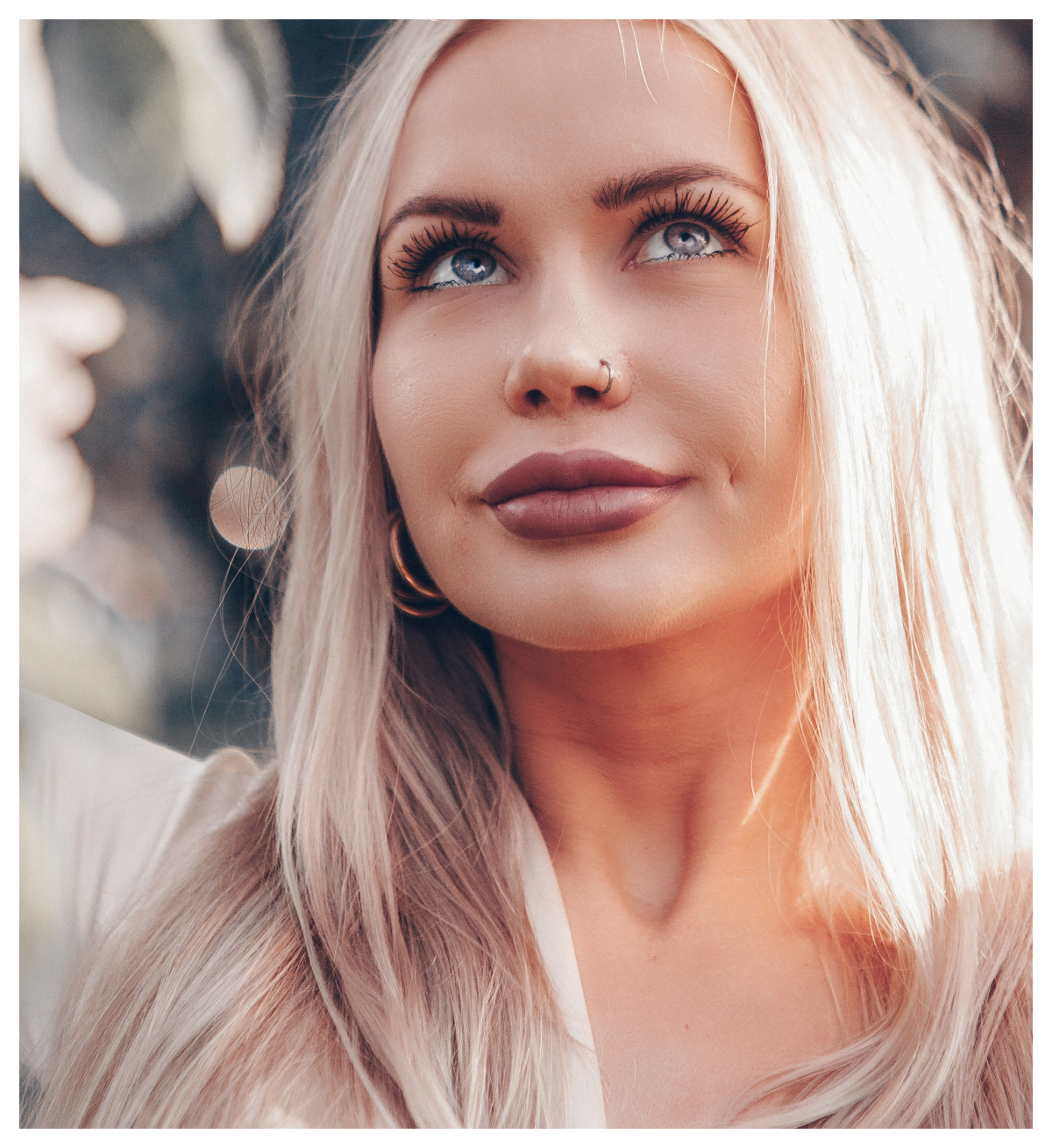
Here are some dos and don'ts you should follow:
1. Do not touch your piercing with dirty hands.
2. Keep the area of piercing clean.
3. Avoid sleeping on the side of the nose where the piercing is done.
4. Do not apply makeup in the piercing area for about two to three weeks.
5. Do not go to the beach, swimming pool, or hot tub water for two weeks.
6. If you feel any severe problems after getting your nose pierced, consult a medical professional immediately.
Cleaning nose piercing at home is easy if you follow the below-mentioned tips:
First, wash your hands because touching piercings with unclean hands can do more harm than good. After you wash your hands properly, spray a saline solution on the piercing. Then, pat dry gently using a paper towel. Avoid using cloth towels as they may transfer dirt and bacteria to your nose. Also, avoid rotating your jewelry while cleaning, as it can irritate the wound and slow down the healing process.
After getting piercing done, it's common to experience bruising, redness, swelling, and soreness for a few days or weeks. When the healing process, it's all normal for the area to itch, and a slight crust to form around the piercing area.
It takes two to six months for a piercing to heal completely. But, if you see a bump on your nose, it could be a sign of an infection or another problem.
Here are some common causes of a bump after getting your nose pierced:
It is not uncommon to have an allergic reaction after getting your nose pierced. An allergic reaction is generally caused by the reaction to the metal in the jewelry and leads to swelling and inflammation. Bumps formed from an allergy reaction are usually small and are accompanied by a red rash, scaly and itchy skin. These allergic bumps don't pain but can irritate a lot.
Treatment: It is advised to use hypoallergenic piercings, and metals that don't irritate to avoid allergies.
A granuloma is a red bump and is a sign of inflammation. They are quite small and appear right next to the piercing site. They are often brownish-black or reddish and may bleed easily.
Treatment: Once you notice a granuloma, it's best to leave it be and let it heal on its own. But, if it doesn't go away in a few days, you must see a dermatologist.
If you don't follow aftercare tips after getting your nose pierced, you might be more prone to getting an infection. It is essential to clean the piercing site regularly to avoid bacteria accumulation. Redness, swelling, and soreness are common problems after getting your nose pierced, but if you see a small bump with pus, you might be having an infection.
Treatment: Prevention is better than cure, so clean your piercing properly with clean hands two times a day with a saline solution. Still, if you experience signs of infection such as pus, or throbbing pain, see a doctor immediately.
A keloid may appear red or flesh-colored and is caused by the development of too much scar tissue in the body during the healing process. They look like raised scars and become irritated easily. People with a darker skin tone or genetic predisposition are more prone to getting a keloid.
Treatment: Keloids don't heal on their own, so if you notice one, you should remove your piercing. If the symptoms don't go away, then get evaluated by a doctor.
Tissue damage is one of the most common causes of a nose bump, and appears puffy, and reddish. There is no specific size of this nose bump caused by damaged tissue, as the size depends on how much tissue was damaged. Tissue damage generally occurs due to blowing your nose a lot or changing the jewelry too soon.
Treatment: For a minor nose bump due to tissue damage, you need not go to a doctor as it should heal with time. But, if you notice other symptoms like bleeding, pus, or pain, then see a doctor immediately.
This was all about nose piercing, and we hope we have covered all your questions about piercing. What type of piercing do you like the best? Tell us in the comment section below!





 JOIN OUR WHATSAPP CHANNEL
JOIN OUR WHATSAPP CHANNEL






